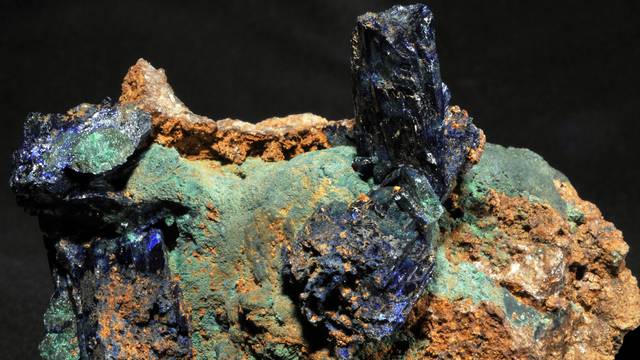HISTORY
Aguilar is primarily known as a pech, or hill, a striking element in the landscape. This land was claimed by Lagrasse Abbey, and passed into the hands of the Termes family towards the end of the 11th century. After the loss of the family castle in 1228, Aguilar became the seigniorial seat of Olivier de Termes, a powerful Occitan knight, previously allied with the Trencavel family. The following day after the Albigensian Crusade in 1241, he signed the surrender of his fortified military stronghold of Aguilar, comprising of a village, a chapel and a castle. Olivier de Termes supported King Louis IX, and became one of his loyal knights. In 1262, alongside the fortresses of Corbières, Aguilar joined the line of defence of the French crown against the kingdom of Aragon. It also received the latest innovations in Philippian architecture. A part of the village was moved to reinforce the military strength of the castle and its hill. After the Treaty of the Pyrenees pushed back the border to the other side of the mountain ridge, the castle lost its strategic interest and was left to face the bitter Cers wind alone...
Things to explore
As you walk

Box trees
From Tuchan, a short 6km walk will take you though vineyards and heathland to Aguilar Castle. In the heath, there are many box trees, as is common in the Corbières. This well-groomed bush in French formal gardens is left to grow free. Its white wood, smooth and shiny after polishing, is used to make knife handles, chess pieces, canes, and parts of musical instruments, such as the flute and clarinet. Shown to reduce fevers, box wood is also used against rheumatism or smallpox.

Fitou appellation wines
Nine villages produce Fitou appellation wines (protected designation of origin), including Tuchan and Paziols, which are the closest to Aguilar Castle. These characterful, rich and complex grape varieties, are indicative of a land between the mountains and the sea. Numerous wine-tasting cellars are open to the public. In the Mont Tauch cooperative wine-tasting cellar in Tuchan, you can try the Fitou and Corbières appellation wines and the sweet Rivesaltes wines. Committed to sustainable farming, these wine-growers fully support the nature reserve (find out more about appellations of Aude).

The 'Fort' of Tuchan
Tuchan is a 12th-century castral village. During the middle ages, it was comprised of a central 'fort' encircled by a ditch. The church was probably built in the 14th century inside the Fort, where villagers could hide during times of conflict, such as The One Hundred Year War and pillages by highwaymen
About

Vingrau
This small village in the Eastern Pyrenees is internationally renowned for its climbing area. A huge limestone cliff offers climbing-lovers over 300 pathways overlooking the magnificent vineyard landscape of the valley of Vingrau. The village is also the starting point for a hike across the crests of the Serre and the Pas de l'Escale, offering exceptional views over the plateau of Tuchan and Mont Tauch, the sea, the Albères and the Canigou. The Vingrau heathland is renowned for its diverse flora and fauna.

Mont Tauch
Mont Tauch, with its 'rectangular' shape, can be seen from miles around, overlooking the plain of Tuchan and all of the Eastern Corbières. It's an outstanding viewpoint that tops the Geographer Tour. From April to June, the small violet 'spéculaire en faux' flowers brighten up the sides of the mountain. At the top of this nature reserve are fifteen wind turbines, where a royal eagle soars overhead.

Walk around the mines
A few kilometres from Padern and Montgaillard is a superb walk along the Sarrat de Germa trail, which lets you get up close to the former mines. Mining in Corbières dates back to Antiquity and continued until the middle of the 20th century. The two pits in Montgaillard were mined for lead and copper ore. The walk also gets up close to the Tistoulet pits, where barytine, malachite and azurite were mined.

At the end of 1250, the construction site of Peyrepertuse received crushed tiles from Aguilar, which were used to make the sealant for the cisterns - made of crushed tiles, vinegar and lime. The water in the fortresses was used for cooking, washing, animals and also in building sites - making mortar for example. The cisterns were used to store large quantities of water, particularly useful during periods of conflict, when there were more people living in the castle. Rainwater was collected from the roofs and terraces, and transported to the cisterns via ceramic or lead pipes, before being filtered. To make sure the water didn't leak, the cisterns were covered and carefully sealed. Whether dug in the ground or built, round or rectangular, cisterns are always carefully designed and maintained constructions.























